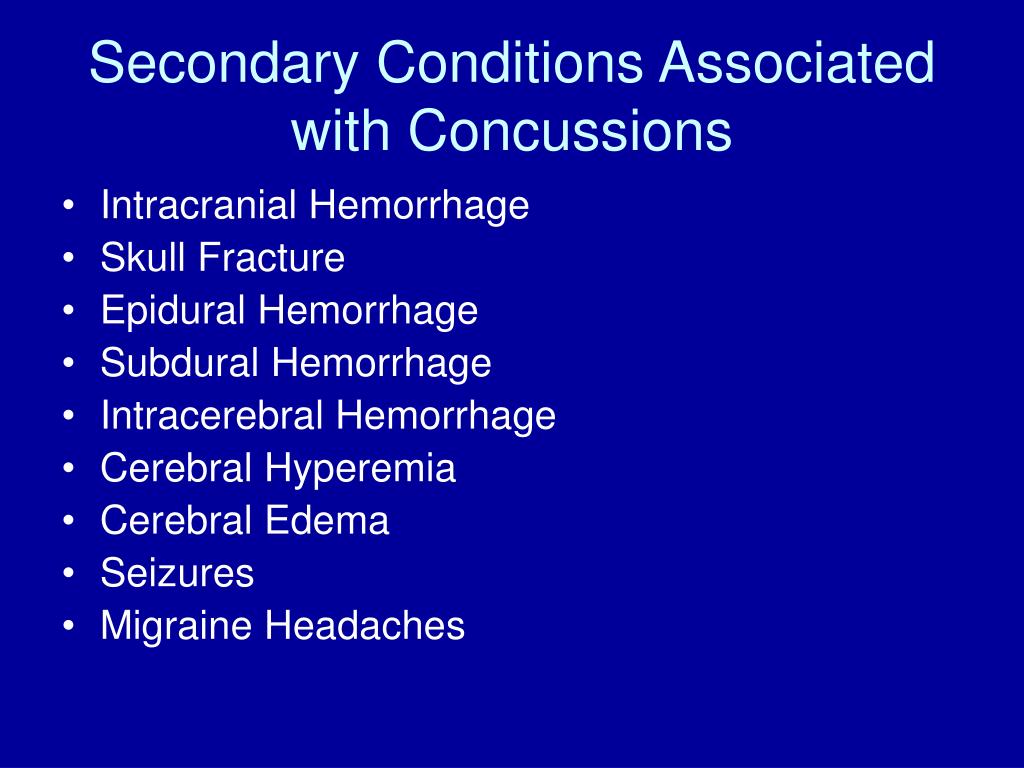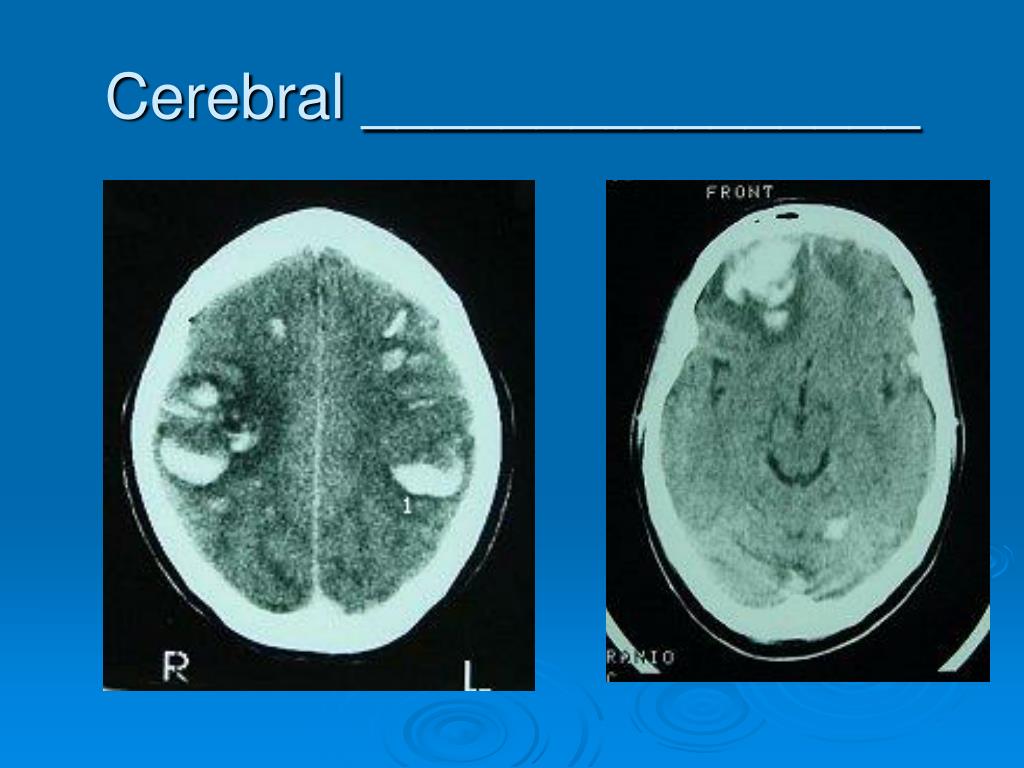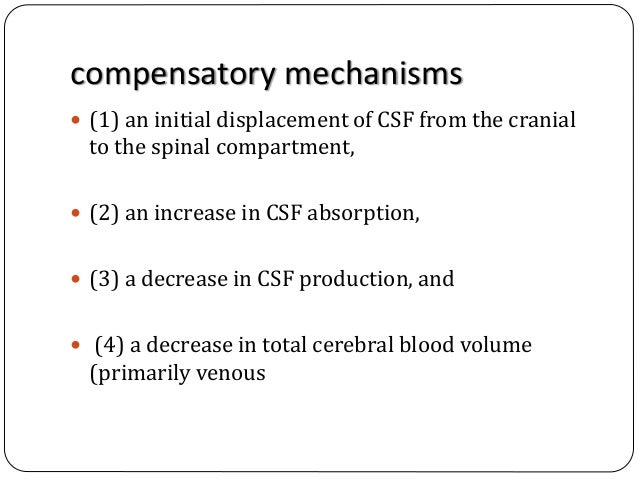

With hydrocephalus, these nerves can be weakened, producing eye misalignment (strabismus).Īdults may experience double vision (diplopia) as a result. Three in particular (the third, fourth, and sixth cranial nerves) control eye position and movement. In addition, some nerves travel from the brain to control the eye muscles. The swelling of the optic nerve is called “papilledema.” Damage to the optic nerve from papilledema can result in reduced vision, reduced color vision, and visual field loss.ĭamage to Nerves that Control Eye Muscles This impairs the normal function of the nerve and causes the optic nerve to swell. As the optic nerve is compressed and blood flow decreases, the amount of nutrients (food) and oxygen to the optic nerve decreases. In addition, the pressure on the meninges can decrease the amount of blood flowing to the optic nerve.

The increase in pressure can directly compress (flatten) the optic nerve. The pressure from the meninges also increases the pressure felt by the optic nerve. As ICP increases, the brain and meninges feel this pressure as the brain is pressed outward toward the skull. This is because the meninges, thin tissue layers that surround the brain and spinal cord, also surround the optic nerve. Hydrocephalus can damage the optic nerve when intracranial pressure (ICP) increases. This causes changes in how a person sees. If the optic nerve is damaged, the information from the eye cannot reach the brain or may be incomplete. Visual information is transmitted to the brain by the optic nerve, a bundle of fibers that run from the eye to the brain. Hydrocephalus can affect vision in two different ways: 1) Damage to Optic Nerve, 2) Damage to Nerves that Control the Eye Muscles. This is often used as a sign of hydrocephalus (see below: Sunsetting Sign).

It would be important to mention these to the doctor if they are taking place. There are other signs that a person could have hydrocephalus, such as headache or hearing a noise in the ears (whooshing). Remember – it is critical to report any changes in vision to your doctor as a change may indicate treatment failure. These problems can range from minor decreases in visual acuity to severe vision loss. In one small study, 80% of infants with hydrocephalus had problems with their vision (Persson et al., 2017). Some children and adults with hydrocephalus develop vision (eye) problems.


 0 kommentar(er)
0 kommentar(er)
